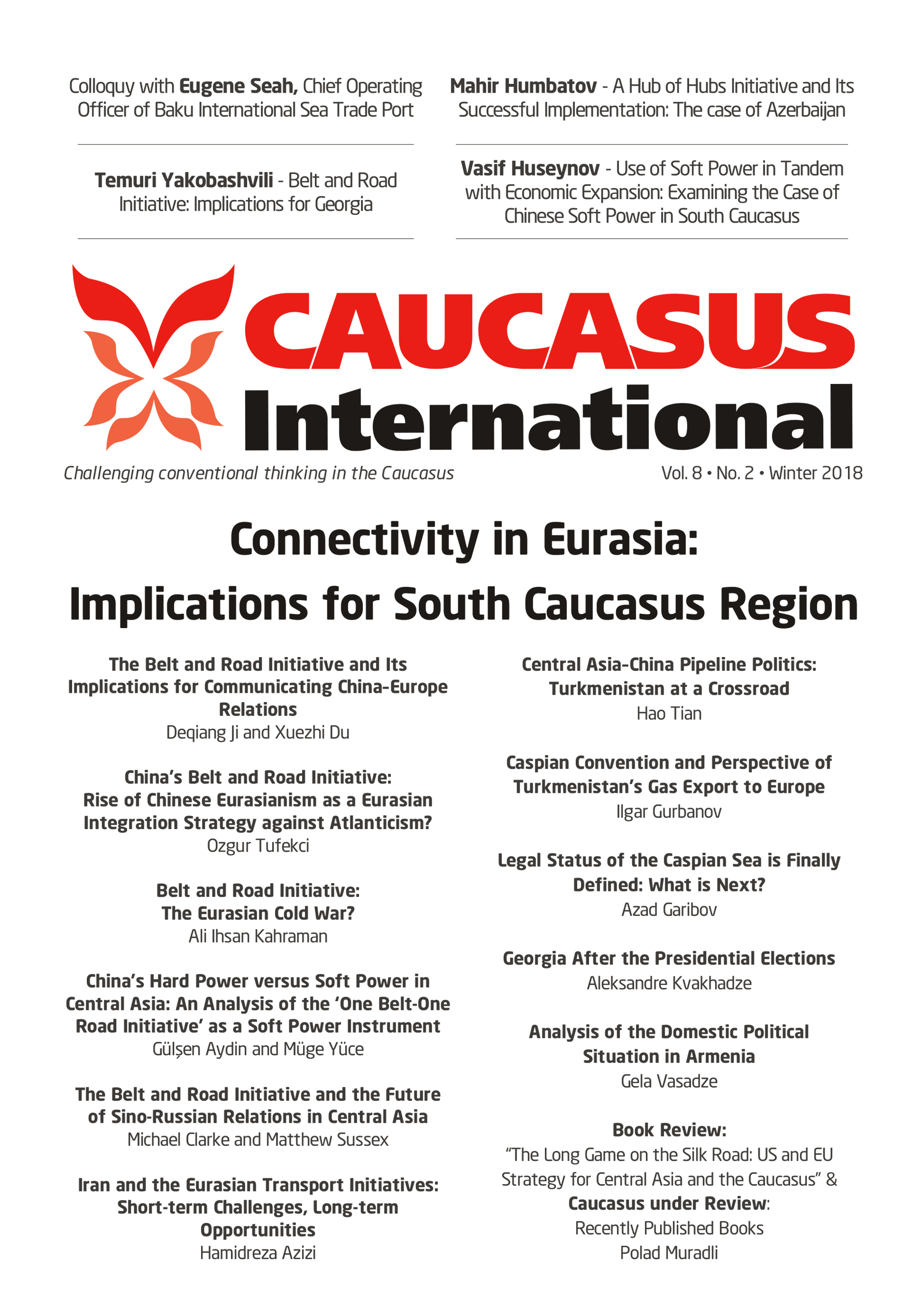Analysis of the Domestic Political Situation in Armenia
This article discusses the causes and dynamics of events occurring in Armenia from April to October 2018. The events described did not simply change the power regime, but practically reformatted the entire political field of Armenia, which in turn could not but affect the entire region. On the one hand, the new authority that came to power through the revolutionary wave cannot neglect addressing the political reality in which Armenia at present exists; on the other hand, it cannot try to impose the social order of the “street” from where the people brought Pashinyan and his team to the power. The six months of Pashinyan’s command of power have laid the practical foundation for the further rule of this political force. Now, the process of forming a new Armenian political elite is of great interest, since it is that elite, which will include both absolutely new people and representatives of the former elite, that will determine the policy of Armenia in the foreseeable future. This article will respond to the questions of “how Pashinyan came to power,” “why the ruling Republican party could not resist street protests,” “what the first steps of the new government were,” and “how Pashinyan managed to lead the situation in Armenia towards early elections.”
Latest news
- 03/17/2020 Call for Submission: “Non-Alignment Movement and Its Perspective in International Affairs”. Deadline: 1 July 2020 2626 views
Popular articles
- 02/24/2020 The Role of Irredentism in Russia’s Foreign Policy 2536 views
- 02/24/2020 Construction of sub-national identity vis-à-vis parent state: Gagauz case in Moldova 2218 views
- 02/24/2020 The Conflict in Ukraine - The Geopolitics of Separatism and Divergent Identities (Commentary) 2073 views
- 02/24/2020 The Role of the Soviet Past in Contemporary Georgia 2044 views





